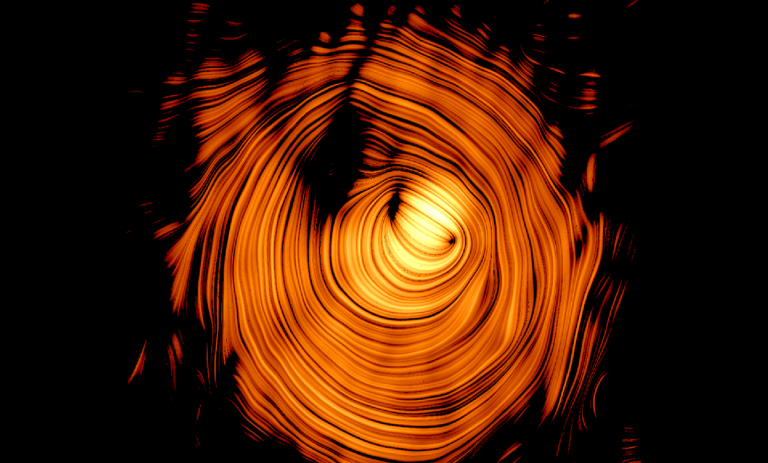NASA’s Cassini mission has given strong confirmation regarding the saltiness of Titan, the largest moon of Saturn. Space scientists have even compared the salt content with Earth’s Dead Sea.
The result corresponds to 10 years observation, where Cassini was busy accumulating the gravitational and topographical data. Researchers organized this information and developed a model based on Titan’s structure. This resulted in gaining better insights of the moon’s exterior ice shell.
Spilker, lead scientist at the Cassini project said that Titan is full of fascination and it comes up with new mysteries as soon as the old ones are solved. There is still long way to go before they reach to the full consensus regarding the spatial body.
Ice shell similar to saltiest bodies of water on Earth
Current findings have also supported the earlier idea concerning the icy rigid shell, which has been formed due to the process similar to freezing solid. The salts in the ocean bed might have formed due to the composition of sulfur, sodium and potassium, which makes it similar to saltiest bodies of water on Earth. However, Mitri, the lead author of the study explained that this does not conform of life as it is on Earth on the contrary, there could be conditions different in the past relatively.
Cassini’s data also insinuated the heterogeneous distribution of the ice crust. Researchers asserted that this could be because of the ocean water that is being crystallizing and morphing into ice gradually. This process is making the habitability slightly difficult over Titan since it would not allow for the exchange of the materials between the surface and the ocean.
Hot spots due to outgassing of Methane
This line of thought is also supported by the scattered ‘hot spots’ which might have caused due to the release of methane into Titan’s atmosphere. However, as per the space scientists, Cassini needs to take another voyage for confirming the sign of methane outgassing and for tracking localized methane sources of course it is not an easy task though reported the same.
Source: NASA/Jet Propulsion Laboratory




